Welcome to our veterinary page!
in this section, you can discover what bioresonance therapy is and how it can be a useful tool to enhance your veterinary practice.
Bioresonance therapy is an alternative treatment method that uses electromagnetic frequencies to address imbalances in the body. When applied to animals, it can help to alleviate a range of health conditions by promoting natural healing processes. This non-invasive therapy is gaining popularity among pet owners who are looking for safe and effective ways to support their animal’s well-being. Learn more about bioresonance therapy for animals and how it may benefit your furry friend.
Bioresonance has long been used to identify and target the root cause of a variety of health problems in people. More recently, this technology has also been applied to pets and other animals with much success. BICOM® bioresonance therapy can be used in the treatment of various types of animals, including, Dogs, Cats, Horses, Rodents, Birds and more.
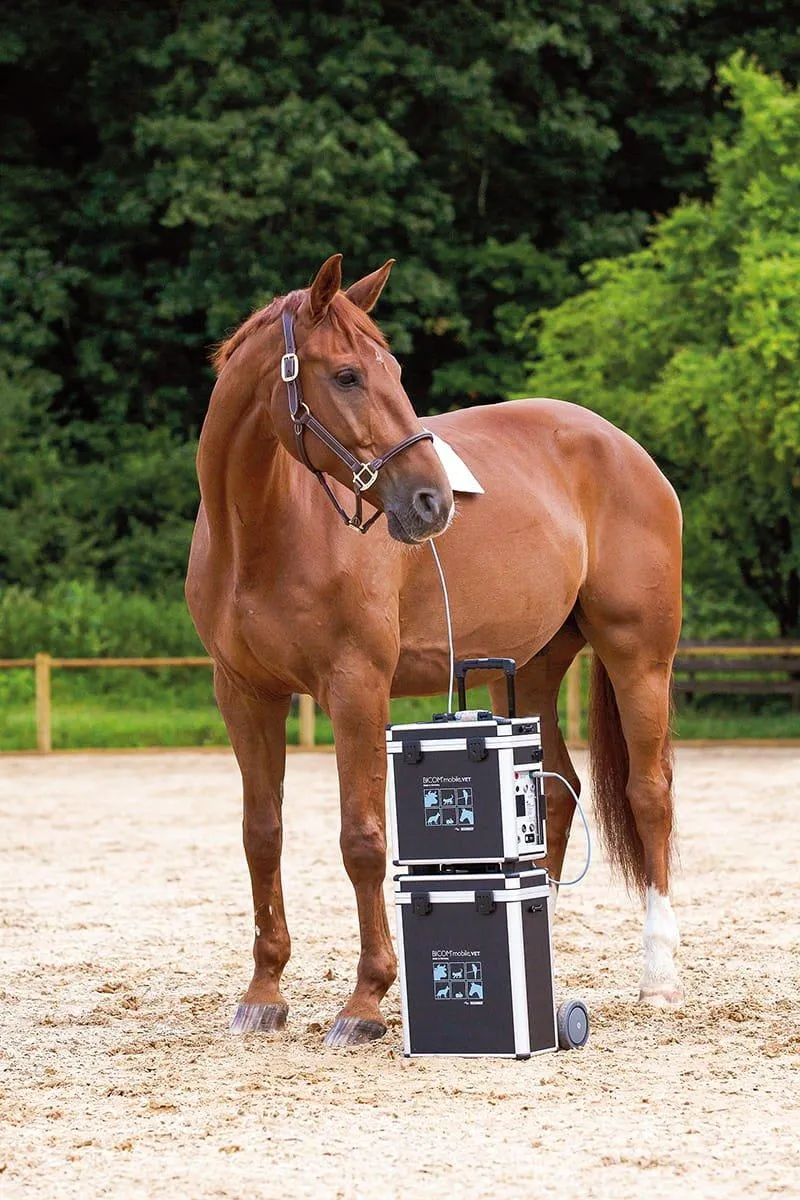


Would you like to know more?
A range of experiences, research and scientific studies into the efficacy of bioresonance treatment can be found on our Blog section. This is where you can view the latest findings and articles about therapy with the BICOM® or browse the article archives.
You can also learn more about the features of the specific devices in the BICOM® range through our therapy machine page. This can help you to see which product will suit you, your clients and your practice best.

Food allergies and post-vaccinal complications
"Navigate the complexities of food allergies and post-vaccinal complications in pets. Learn about identification, management, and preventive measures. #PetHealth #FoodAllergies #VaccineComplications" ...more
What Vet Says
May 02, 2024•2 min read

BICOM® Therapy for falcon with bumblefoot
Discover how BICOM® Therapy is revolutionizing treatment for falcons with bumblefoot. This innovative approach offers a gentle, non-invasive solution. #FalconCare #BICOMTherapy #BumblefootTreatment ...more
Owner Stories
May 02, 2024•2 min read
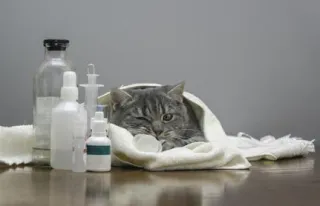
Bicom bioresonance is the last resort for many animal owners
"Bicom bioresonance emerges as the last resort for many animal owners. Explore its efficacy, testimonials, and role in improving animal health and well-being. #BicomBioresonance #AnimalHealth" ...more
Animal infection
May 01, 2024•3 min read
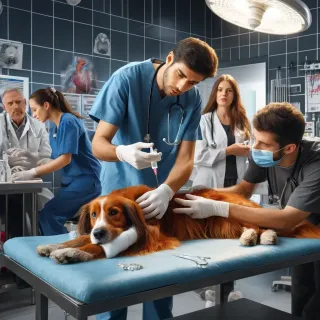
Bee sting – dog saved in the nick of time!
"Read the dramatic tale of a dog saved from a bee sting just in time! Learn about first aid measures and how to keep your canine companion safe from bee stings. #BeeSting #DogSafety" ...more
Animal infection
May 01, 2024•2 min read

Eosinophilic pododermatitis
"Delve into eosinophilic pododermatitis, a condition affecting cat paws. Explore its causes, symptoms, treatments, and management strategies for feline well-being. #EosinophilicPododermatitis #CatHeal... ...more
Animal infection
May 01, 2024•2 min read
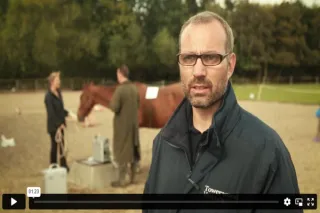
Vet explains Bioresonance and how it can help animals
Discover the transformative potential of Bioresonance for animals as a vet delves into its principles and benefits. 🐾 #Bioresonance #AnimalHealth ...more
Video Testimonials
May 01, 2024•0 min read

Ideal synergy: conventional medicine and complementary medicine
Discover the perfect harmony between conventional medicine and complementary therapies! Explore how integrating both approaches can optimize health outcomes and enhance overall well-being.💫 ...more
What Vet Says
May 01, 2024•2 min read

BICOM® Bioresonance: Helpful for humans and animals!
Discover the wonders of BICOM® Bioresonance therapy—a holistic approach beneficial for both humans and animals! Learn how this innovative technique harnesses the body's energy to promote healing and w... ...more
What Vet Says
May 01, 2024•2 min read

“Only a chronically ill patient is a good patient?”
Challenging the notion that only chronically ill patients are "good patients." Explore the importance of empowering individuals to advocate for their health regardless of their medical status. 💪 ...more
What Vet Says
May 01, 2024•2 min read
Quick Links
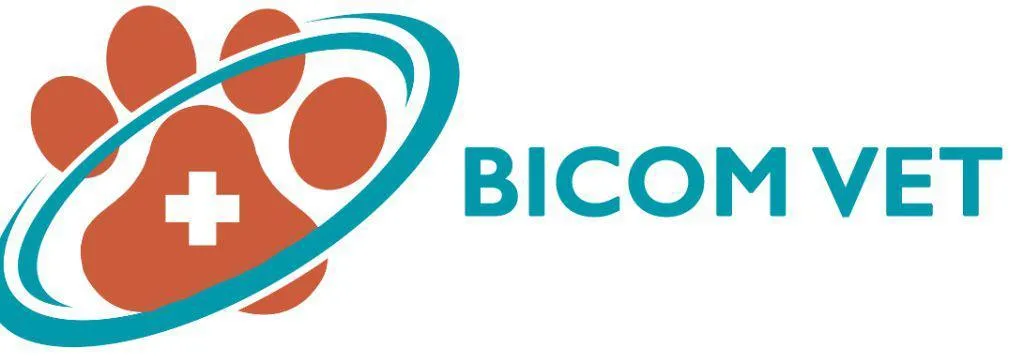

Facebook
Instagram
Mail